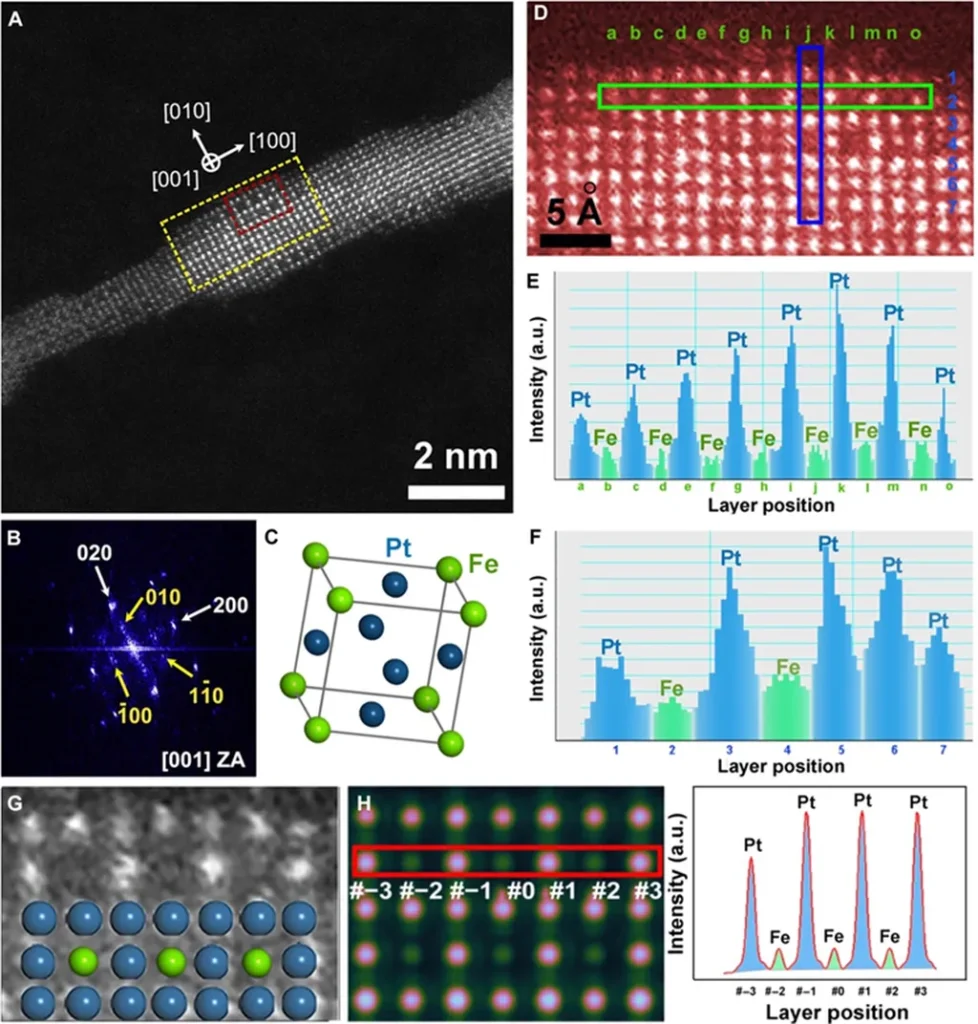In the ever-evolving landscape of advanced manufacturing, a groundbreaking study led by Decheng Kong from the School of Materials Science and Engineering at Shanghai Jiao Tong University has unveiled a novel approach to enhancing the properties of CoCrMo alloys, a material widely used in the energy sector. The research, published in the journal *Materials Research Letters* (translated to English as *Letters on Materials Research*), focuses on the incorporation of nitrogen into CoCrMo alloys using laser powder bed fusion (LPBF), a cutting-edge additive manufacturing technique.
Nitrogen, a notoriously challenging element to incorporate into metals due to its low solubility, has been successfully integrated into CoCrMo alloys at an unprecedented level of approximately 0.19 wt.%. This achievement is a game-changer for the energy sector, where the durability and performance of materials under extreme conditions are paramount.
The study reveals that the as-built LPBF CoCrMo-N alloy exhibits a reduced density of stacking faults, a phenomenon attributed to the increased stacking fault energy resulting from nitrogen incorporation. “This reduction in stacking faults is crucial as it directly impacts the material’s mechanical properties,” explains Kong. The enhanced yield strength (YS >900 MPa) and elastic modulus observed in the LPBF CoCrMo-N alloys are significant improvements over traditional methods.
In contrast, alloys produced using argon gas-atomized powders (LPBF CoCrMo-Ar) demonstrated a higher rate of deformation-induced martensite proliferation during tensile deformation. This contributes to greater work hardening capacity, a property that could be leveraged in specific applications within the energy sector.
The commercial implications of this research are substantial. The energy sector, particularly in areas such as oil and gas exploration, power generation, and renewable energy technologies, demands materials that can withstand extreme pressures and temperatures. The enhanced properties of nitrogen-doped CoCrMo alloys could lead to more durable and efficient components, reducing maintenance costs and improving overall performance.
Kong’s research not only sheds light on the potential of nitrogen doping but also highlights the broader capabilities of additive manufacturing techniques like LPBF. “This study opens up new avenues for material design and optimization,” Kong notes. “By understanding and controlling the microstructural evolution during additive manufacturing, we can tailor materials to meet specific industrial needs.”
As the energy sector continues to push the boundaries of technology and efficiency, innovations like nitrogen-doped CoCrMo alloys could play a pivotal role in shaping the future of material science. The research published in *Materials Research Letters* serves as a testament to the ongoing advancements in the field, offering a glimpse into the possibilities that lie ahead.

